November 23, 2010
Shanghai is undoubtedly one of mainland China’s most advanced cities. The public transportation system is clean and efficient. Many successful businessmen and professionals choose to work here. The streets are teeming with upscale restaurants, hotels, and bars (after all, the city is crowded with foreign tourists and residents; when outsiders pack their belongings, they tend to include a demanding level of standards with their Tums and hand sanitizer).
These traits lead many to the conclusion that this city simply isn’t “real” China. It is too progressive, too immaculate, too convenient. There are too many outlets for Western cravings and English speaking. And not that many people use the sidewalk as a bathroom.
This may very well be true. Nevertheless, Shanghai has one quirk that is a blatant reminder of its geographical location: it has yet to master the art of translation. Chinglish is everywhere.
It’s in restaurants…
… and storefronts.
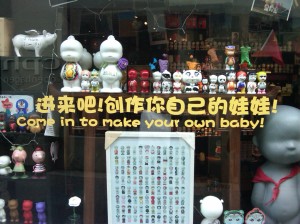
This "Come in to make your own baby!" advertisement seems to take Chinese hospitality a little too far.
On school supplies…
… on clothing …
… and, most frequently, on public signs.
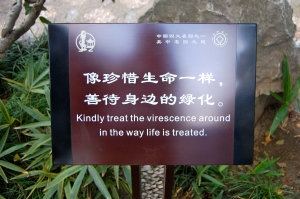
A lesson for all citizens of the world: Kindly treat the virescence around in the way life is treated.
Yes, in spite of all its contemporary attributes, Shanghai continues to be peppered with a heavy dose of typos. While studying Mandarin has enabled me to understand the thought processes behind some of the phrasing, I’m still often left completely baffled and amused. Has anyone ever frolicred? What the hell is a fun dazzle toilet?
Apparently, the city doesn’t exactly see the humor in the mistakes: last week, it assigned a 200-member foreign volunteer team with the responsibility of correcting public linguistic errors. However, I’m not sure why the government has decided to prioritize signage above other potential areas for improvement. I can easily list several other steps that could be taken to more effectively welcome and impress foreigners (Traffic laws, anyone? And whatever happened to the anti-spitting campaign?)
Moreover, I can’t help but feel a strong sense of disappointment when I think about a grammatically-perfect walk through Shanghai’s future streets. The omnipresent Chinglish is an endearing part of the local and national culture. Not only do the wordings makes me smile (I challenge you to maintain your composure when passing a store’s invitation to “come inside and make a baby”); they also remind me that I’m not alone in my struggle to master a foreign language.
All I can do is hope that the recently hired volunteers will channel their inner teachers, and put off their “homework” corrections for as long as possible.

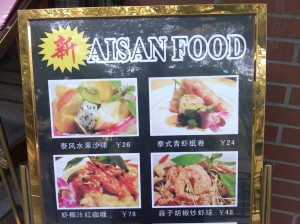


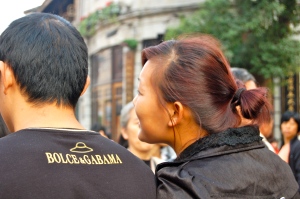
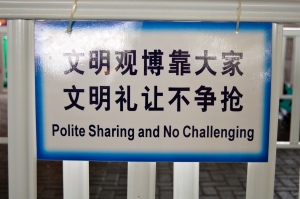
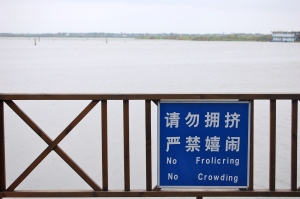
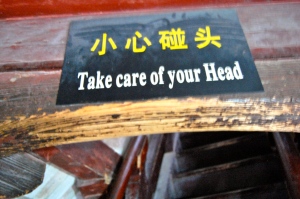

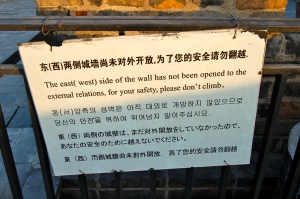
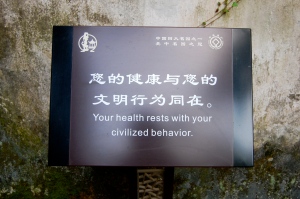
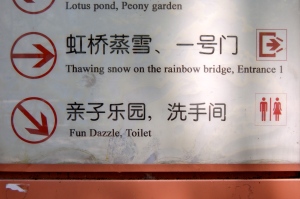
Yeah, its the spitting that gets me every time! Love the pictures, comments and chinglish. I agree, as difficult as it is for you/us to learn mandarin or the other dialects , it must be just as hard for them to master English. Look forward to seeing you soon and catching up in person on your travels, have a good trip back, love xxxx